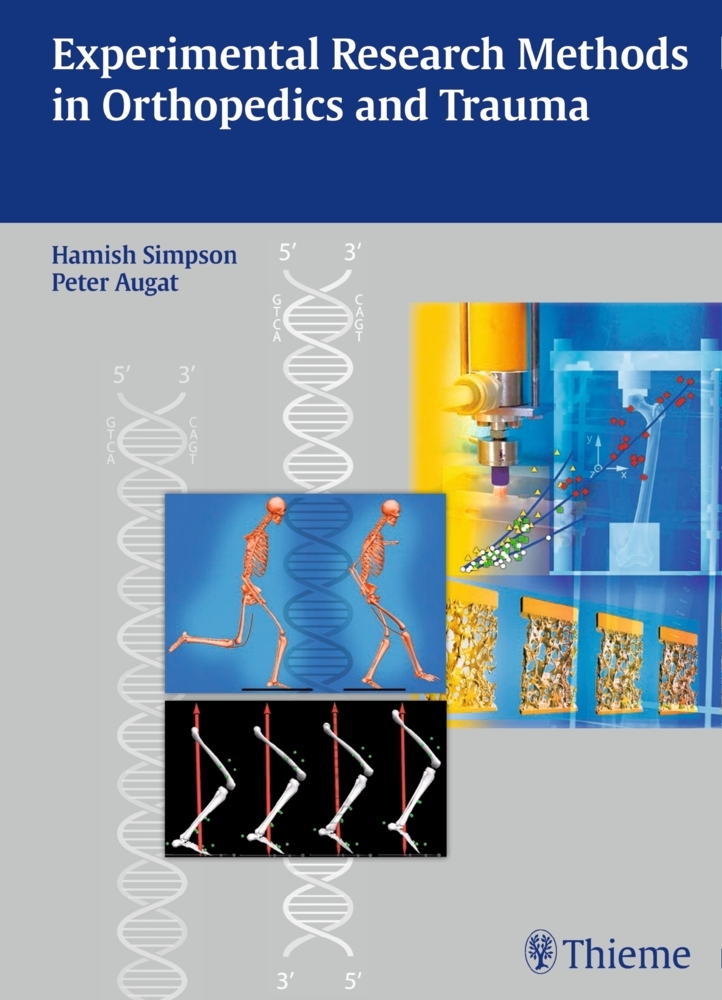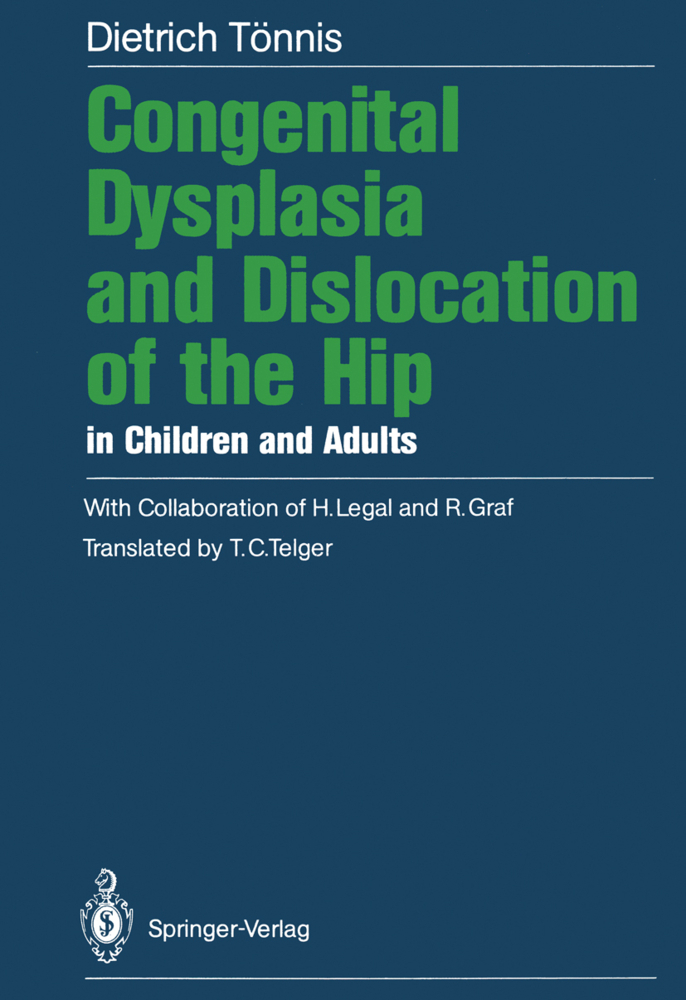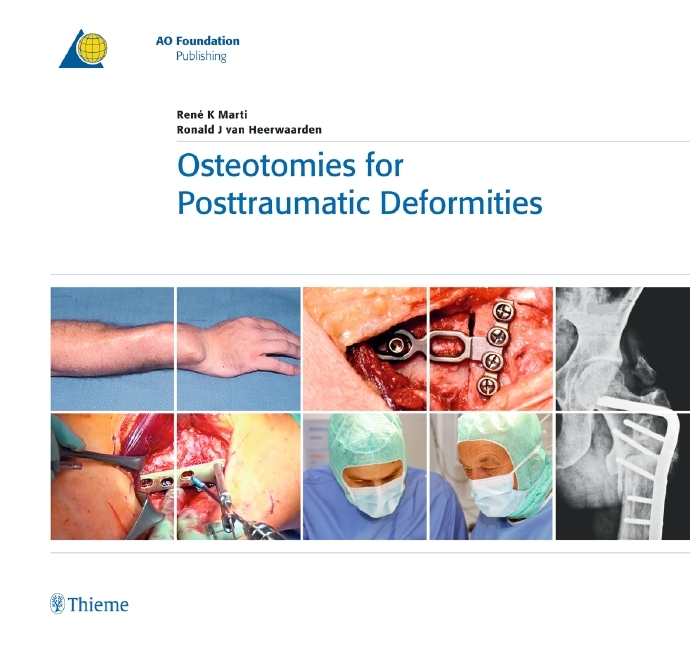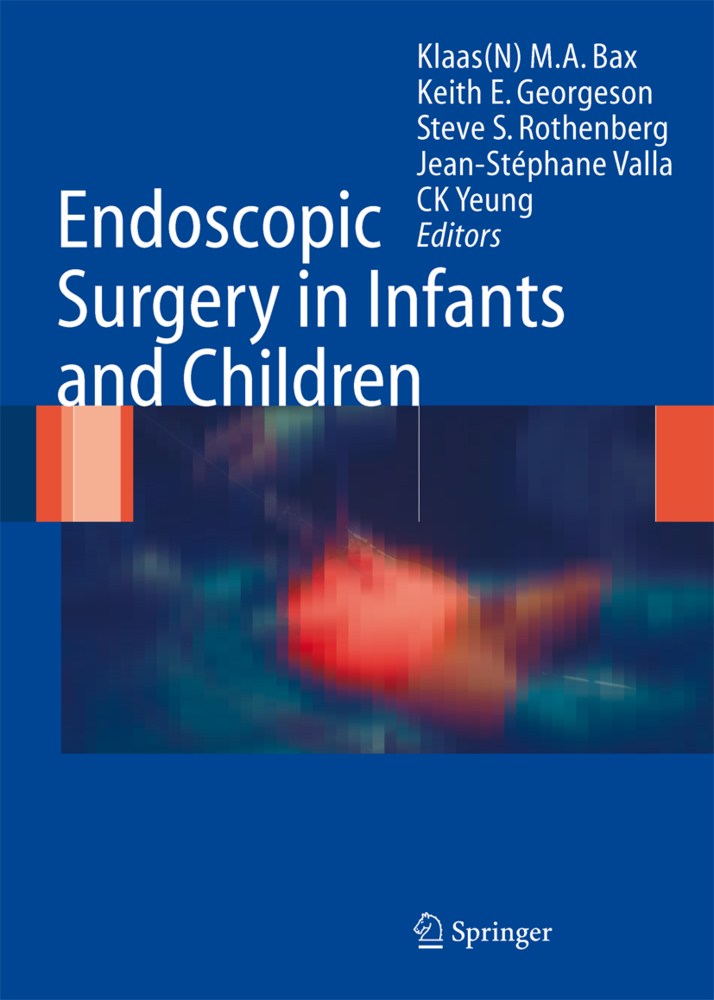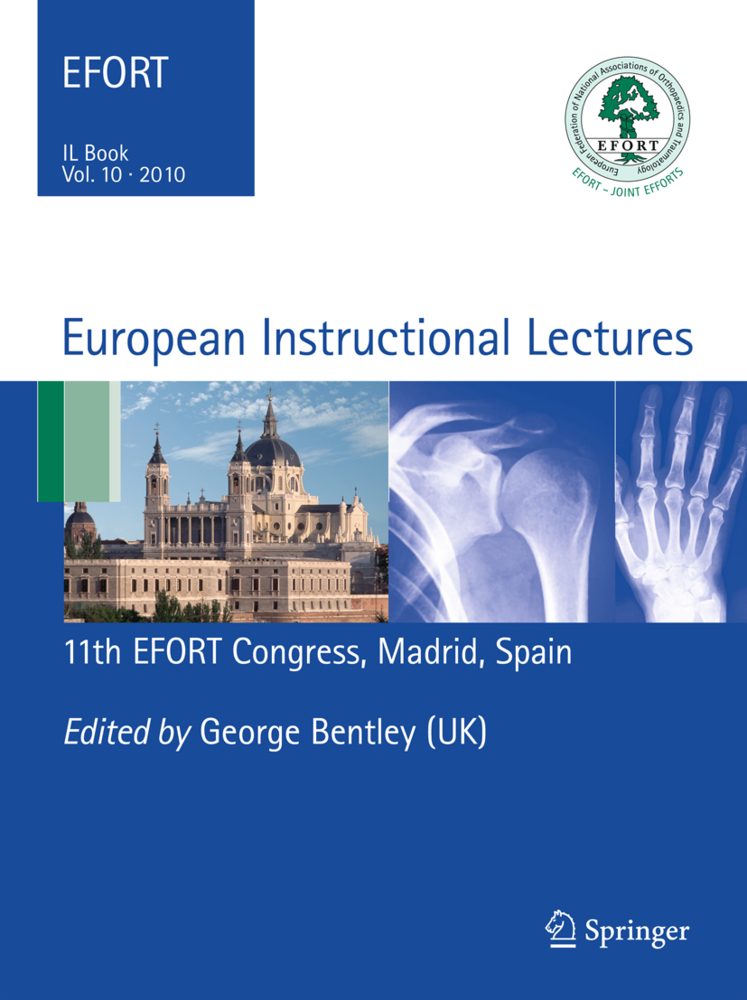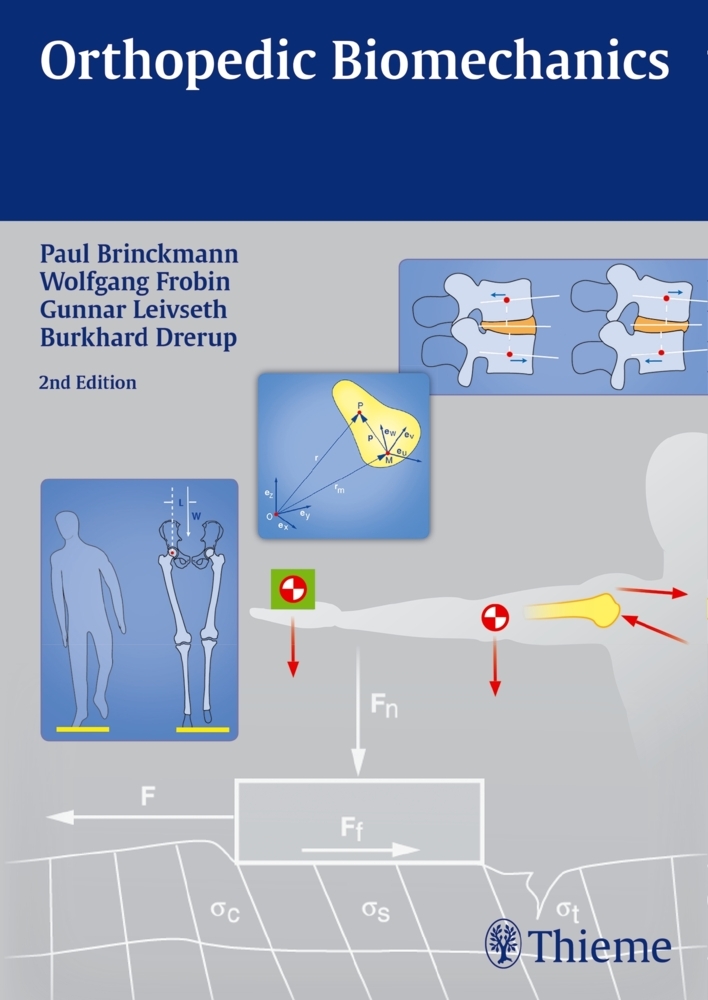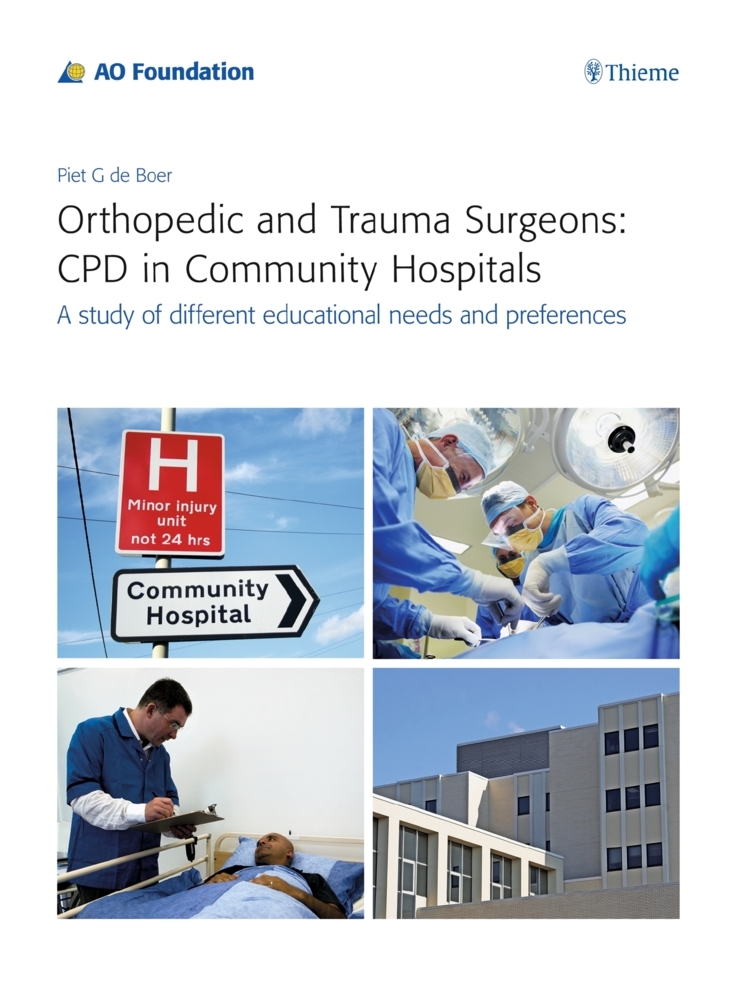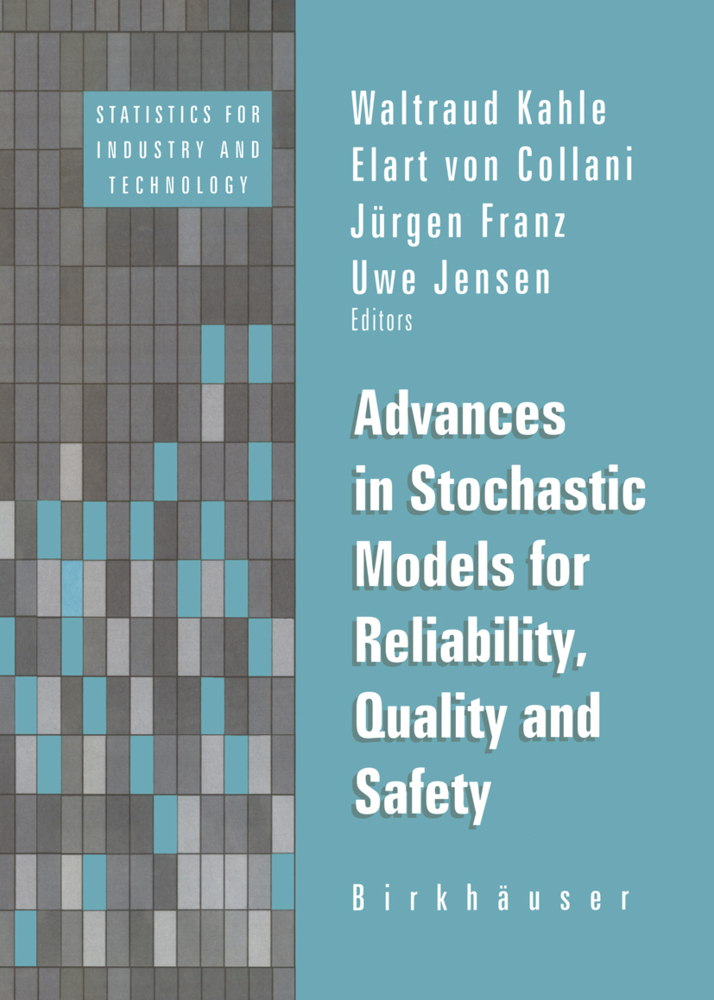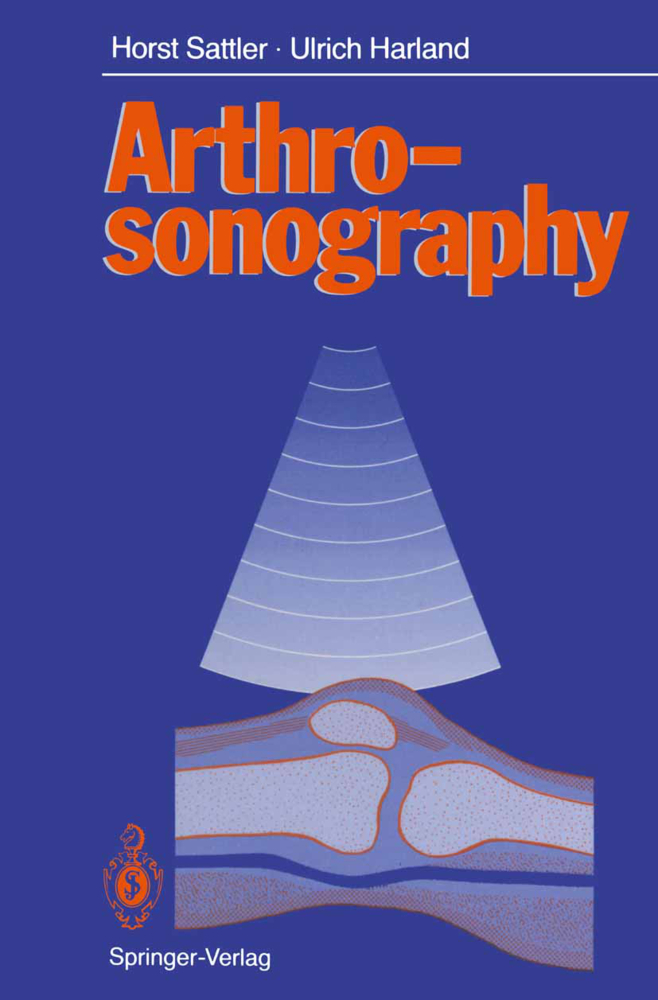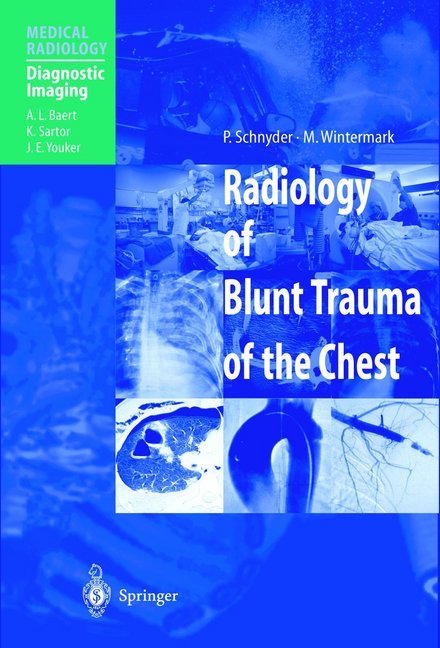Experimental Research Methods in Orthopedics and Trauma
Experimental Research Methods in Orthopedics and Trauma
Covering all state-of-the-art experimental research methods in orthopedic surgery and trauma
From bioinformatics to nanotechnology, advances in basic research ultimately drive advances in clinical care. This book provides a comprehensive summary of all current research methodologies for translational and pre-clinical studies in biomechanics and orthopedic trauma surgery. With this "roadmap" at hand, specialists and trainees will have the tools to conduct high-quality experimental research in any area of musculoskeletal science, with a solid understanding of how the findings can be applied in patient care.
Special Features:
- Utilizes the principles and methodology of modern, evidence-based medicine in pre-clinical musculoskeletal research- Offers a comprehensive analysis of in vivo models for studying different components of the musculoskeletal system- Demonstrates how principles of structural, functional, and numerical biomechanics can be utilized in well-defined experimental research studies spanning topics from fracture fixation to gait analysis to bone remodeling- Covers the role of new macroscopic CT and ultrasound imaging techniques for assessing bone and cartilage function- Explores cutting-edge developments in cell culture research, molecular testing, and tissue engineering- Provides practical advice, a glossary of key terminology, and hundreds of illustrations to familiarize clinicians with every aspect of designing and interpreting an effective research study
With 54 state-of-the-art chapters by orthopedic surgeons, musculoskeletal physicians, biologists, engineers, physicists, and mathematicians, Experimental Research Methods in Orthopedics and Trauma is the authoritative reference on the topic. It is essential for clinicians, basic researchers, and orthopedic surgical trainees who need to understand experimental research methodology
Part 1 Why Do We Need Experimental Research?
1 Evidence-Based Research
2 Establishing a Basic Research Facility in Orthopedic Surgery
3 Good Laboratory Practice and Quality Control
4 How to Prepare for a Period in Research
Part 2 Structural Biomechanics
5 Physiological Boundary Conditions for Mechanical Testing
6 Static, Dynamic, and Fatigue Mechanical Testing
7 Use of Human and Animal Specimens in Biomechanical Testing
8 Whole Bone Biomechanics
9 Biomechanics of Trabecular and Cortical Bone
10 Biomechanics of Fracture Fixation
11 Biomechanical Assessment of Fracture Repair
12 Biomechanics of Cartilage
13 Biomechanics of Joints
14 Spine Biomechanics
Part 3 Functional Biomechanics
15 Musculokeletal Dynamics
16 Measurement Techniques
17 Clinical Assessment of Function
18 Functional Biomechanics with Cadaver Specimens
Part 4 Numerical Biomechanics
19 Inverse Dynamics
20 Principles of Finite Elements Analysis
21 Validation of Finite Element Models
22 Computational Biomechanics of Bone
23 Numerical Simulation of Implants and Prosthetic Devices
24 Numerical Simulation of Fracture Healing and Bone Remodelling
Part 5 Imaging
25 Micro-Computed Tomography Imaging of Bone Tissue
26 Imaging Bone
27 Ultrasound Techniques for Imaging Bone
28 In Vivo Scanning
29 Imaging of Cartilage Function
30 Histochemistry Bone and Cartilage
31 Immunohistochemistry
32 Molecular Imaging In Situ Hybridization
33 Laser Scanning Confocal Microscopy and Laser Microdissection
34 Image Analysis Histomorphometry Stereology
Part 6 Cellular Studies
35 Cell Culture Research
36 Cartilage Explants and Organ Culture Models
37 Fluid Flow and Strain in Bone
38 Biomechanics of Bone Cells
Part 7 Molecular Techniques in Bone Repair
39 Molecular Testing
40 Genetically Modified Models for Bone Repair
Part 8 In Vivo Models
41 General Considerations for an In Vivo Model
42 Animal Models for Bone Healing
43 Models for Impaired Healing
44 In Vivo Models for Bone and Joint Infections
45 In Vivo Models for Articular Cartilage Repair
46 In Vivo Soft Tissue Models
Part 9 Tissue Engineering
47 Scaffolds for Tissue Engineering and Materials for Repair
48 Use of Growth Factors in Musculoskeletal Research
49 Stem Cells for Musculoskeletal Repair
50 Biological Evaluation and Testing of Medical Devices
Part 10 Statistics for Experimental Research
51 Study Design
52 Power and Sample Size Calculation
53 Nonparametric versus Parametric Tests
54 How to Limit Bias in Experimental Research
| ISBN | 9783131731111 |
|---|---|
| Artikelnummer | 9783131731111 |
| Medientyp | Buch |
| Copyrightjahr | 2015 |
| Verlag | Thieme, Stuttgart |
| Umfang | 464 Seiten |
| Abbildungen | 257 Abb. |
| Sprache | Englisch |

